.
The next morning I felt so much better, ready to tackle the sunny and much warmer day
. Nafplion is a peninsula and its coast has shallow waters. Too shallow for a big cruise ship to get near the harbor. So we were tendered by the boats to land. That always takes a while to get everyone on dry land.
.
But we made it on time to catch the bus which took us through a very scenic 45 min. drive to our destination: the Unesco World Heritage Sight of Epidaurus, dedicated to Asclepius, the God of healing. Though only the foundation of this place is left, however the remarkable theater is still intact. We hiked up those steps to the top. The amazing thing is, that no matter where you stand you can hear the voices from the stage very loud and clear. It is mind boggling that in 5 BC they knew about perfect acoustics, the best in the world.
.
On our way back to the bus stop I was delighted to see a bunch of puppies. They were so cute, I almost took one with me. The bus drove us back to Nafplion through the beautiful country side. The guide gave us plenty information. For example Greece has 11 million Inhabitants, hundreds of islands, make a living by growing olive trees, fruit trees, textile, ceramic, leather goods, silver and gold jewelry, etc.
.
Tourism is their biggest income maker. When we got back to Nafplion the bus dropped us off 700 feet above town at the fortress. You can also reach this fortress by climbing 1000 steps. We were glad we came here by bus, because there were many more steps to climb on the fort itself, but all the effort was worth it
. What a sight!!! I enjoyed this place too much, therefore almost by a hair missed the bus. But they kindly waited for me. Oopsy! Otherwise I would have had to make those 1000 steps down to the village. Ouch. Jim went back to the ship, but I wandered through the village. There is always so much to see, but so little time.
Nafplio (Modern Greek: Ναύπλιο) is a seaport town in the Peloponnese in Greece that has expanded up the hillsides near the north end of the Argolic Gulf. The town was an important seaport held under a succession of royal houses in the Middle Ages as part of the lordship of Argos and Nauplia, held initially by the de la Roche following the Fourth Crusade before coming under the Republic of Venice and, lastly, the Ottoman Empire. The town was the capital of the First Hellenic Republic and of the Kingdom of Greece, from the start of the Greek Revolution in 1821 until 1834. Nafplio is now the capital of the regional unit of Argolis.
The name of the town changed several times over the centuries
. The modern Greek name of the town is Nafplio (Ναύπλιο).[2] In modern English, the most frequently used forms are Nauplia and Navplion.[3]
During the Classical Antiquity, it was known as Nauplia (Ναυπλία) in Attic Greek[4][5][6][7] and Naupliē (Ναυπλίη) in Ionian Greek.[4] In Latin, it was called Nauplia.[8]
During the Middle Ages, several variants were used in Byzantine Greek, including Náfplion (Ναύπλιον), Anáplion (Ἀνάπλιον), and Anáplia (Ἀνάπλια).[7]
During the Late Middle Ages and early modern period, under Venetian domination, the town was known in Italian as Napoli di Romania, after the medieval usage of "Romania" to refer to the lands of the Byzantine Empire, and to distinguish it from Napoli (Naples) in Italy.
Also during the early modern period, but this time under Ottoman rule, the Turkish name of the town was Mora Yenişehir, after Morea, a medieval name for the Peloponnese, and "yeni şehir," the Turkish term for "new city" (apparently a translation from the Greek Νεάπολη, Italian Napoli)
. The Ottomans also called it Anabolı.
In the 19th century and early 20th century, the town was called indiscriminately Náfplion (Ναύπλιον) and Nafplio (Ναύπλιο) in modern Greek. Both forms were used in official documents and travel guides. This explains why the old form Náfplion (sometimes transliterated to Navplion) still occasionally survives up to this day.
Country Greece
Administrative region Peloponnese
Regional unit Argolis
Area
• Municipality 390.2 km2 (150.7 sq mi)
• Municipal unit 33.62 km2 (12.98 sq mi)
Highest elevation 10 m (30 ft)
Lowest elevation 0 m (0 ft)
Population (2011)[1]
• Municipality 33,356
• Municipality density 85/km2 (220/sq mi)
• Municipal unit 18,910
• Municipal unit density 560/km2 (1,500/sq mi)
Community[1]
• Population 14,203 (2011)
NAFPLION, GREECE
Monday, April 24, 2017
 Nafplion, Peloponnese, Greece
Nafplion, Peloponnese, Greece
Other Entries
-
1LAS CRUCES, NEW MEXICO
Mar 2629 days prior Las Cruces, United Statesphoto_camera8videocam 0comment 5
Las Cruces, United Statesphoto_camera8videocam 0comment 5 -
2MIAMI, FLORIDA
Mar 2728 days prior Miami, United Statesphoto_camera27videocam 0comment 6
Miami, United Statesphoto_camera27videocam 0comment 6 -
3FREEPORT, GRAND BAHAMA
Mar 2827 days prior Freeport, Bahamasphoto_camera26videocam 0comment 4
Freeport, Bahamasphoto_camera26videocam 0comment 4 -
4NASSAU, BAHAMAS
Mar 2926 days prior Nassau, Bahamasphoto_camera56videocam 0comment 3
Nassau, Bahamasphoto_camera56videocam 0comment 3 -
5GREAT STIRRIP CAY, BAHAMAS
Mar 3025 days prior GREAT STURRIP CAY, Bahamasphoto_camera52videocam 1comment 1
GREAT STURRIP CAY, Bahamasphoto_camera52videocam 1comment 1 -
6MIAMI, FLORIDA
Mar 3124 days prior Miami, United Statesphoto_camera1videocam 0comment 0
Miami, United Statesphoto_camera1videocam 0comment 0 -
7FORT LAUDERDALE, FLORIDA
Apr 0123 days prior Ft Lauderdale, United Statesphoto_camera23videocam 0comment 2
Ft Lauderdale, United Statesphoto_camera23videocam 0comment 2 -
8PONTA DELGADA, PORTUGAL
Apr 0915 days prior Ponta delgada, Portugalphoto_camera26videocam 0comment 5
Ponta delgada, Portugalphoto_camera26videocam 0comment 5 -
9MALAGA, SPAIN
Apr 1212 days prior Málaga, Spain and Canary Islandsphoto_camera35videocam 0comment 3
Málaga, Spain and Canary Islandsphoto_camera35videocam 0comment 3 -
10ALICANTE, SPAIN
Apr 1311 days prior Alicante, Spain and Canary Islandsphoto_camera35videocam 0comment 3
Alicante, Spain and Canary Islandsphoto_camera35videocam 0comment 3 -
11CIVITAVECCHIA, ITALY
Apr 159 days prior Civitavecchia, Italyphoto_camera34videocam 0comment 1
Civitavecchia, Italyphoto_camera34videocam 0comment 1 -
12DUBROVNIK, CROATIA
Apr 186 days prior Dubrovnik, Croatiaphoto_camera45videocam 0comment 1
Dubrovnik, Croatiaphoto_camera45videocam 0comment 1 -
13KOTOR, MONTENEGRO
Apr 195 days prior Kotor, Montenegrophoto_camera110videocam 0comment 3
Kotor, Montenegrophoto_camera110videocam 0comment 3 -
14KERKIRA (CORFU), GREECE
Apr 204 days prior Kerkira, Greecephoto_camera33videocam 0comment 1
Kerkira, Greecephoto_camera33videocam 0comment 1 -
15KATAKOLON, GREECE
Apr 213 days prior Katakolo, Greecephoto_camera60videocam 0comment 3
Katakolo, Greecephoto_camera60videocam 0comment 3 -
16PIRAEUS (ATHENS), GREECE
Apr 222 days prior Piraeus, Greecephoto_camera24videocam 0comment 2
Piraeus, Greecephoto_camera24videocam 0comment 2 -
17NAFPLION, GREECE
Apr 24 Nafplion, Greecephoto_camera88videocam 0comment 2
Nafplion, Greecephoto_camera88videocam 0comment 2 -
18MYKONOS, GREECE
Apr 251 day later Mykonos, Greecephoto_camera98videocam 0comment 8
Mykonos, Greecephoto_camera98videocam 0comment 8 -
19RHODES, GREECE
Apr 262 days later Rhodes, Greecephoto_camera74videocam 0comment 2
Rhodes, Greecephoto_camera74videocam 0comment 2 -
20SANTORINI, GREECE
Apr 273 days later Santorini, Greecephoto_camera94videocam 0comment 2
Santorini, Greecephoto_camera94videocam 0comment 2 -
21NAPLES, ITALY
Apr 295 days later Naples, Italyphoto_camera58videocam 0comment 4
Naples, Italyphoto_camera58videocam 0comment 4 -
22CIVITAVECCHIA, ITALY
Apr 306 days later Civitavecchia, Italyphoto_camera5videocam 0comment 4
Civitavecchia, Italyphoto_camera5videocam 0comment 4 -
23MADRID, SPAIN
Apr 306 days later Madrid, Spain and Canary Islandsphoto_camera102videocam 0comment 11
Madrid, Spain and Canary Islandsphoto_camera102videocam 0comment 11
Comments
2025-05-22
Comment code: Ask author if the code is blank

 Nafplion, Peloponnese, Greece
Nafplion, Peloponnese, Greece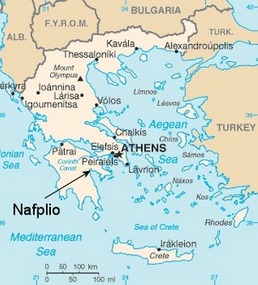
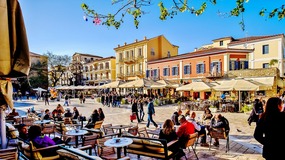
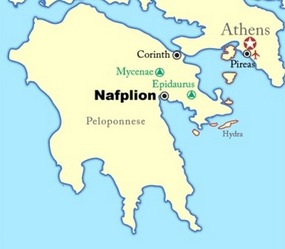
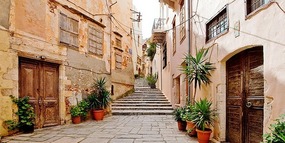










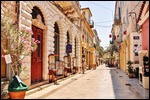

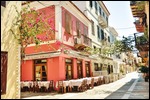
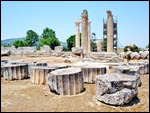
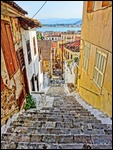
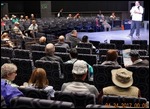


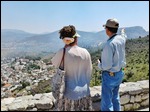
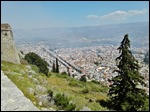
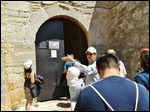

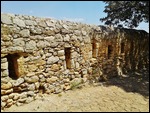
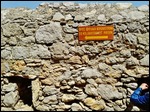
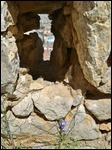
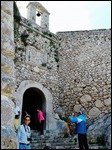
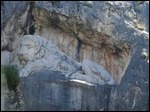
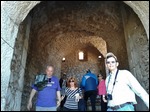
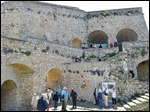
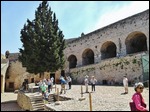
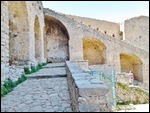
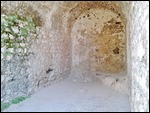
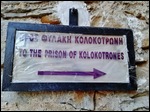
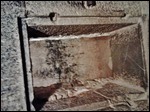
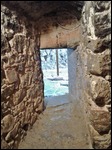
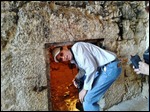
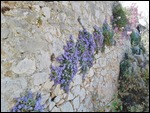
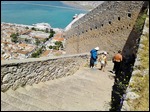

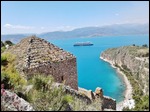
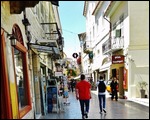
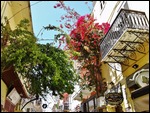
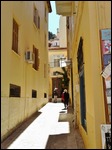
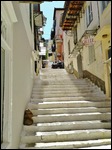

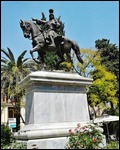





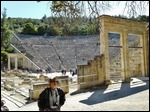

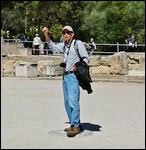
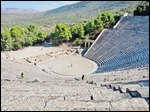
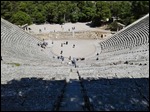
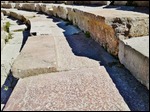
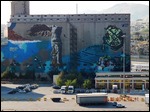
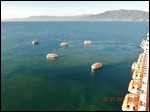

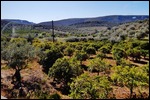
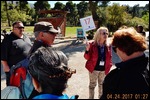
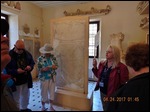
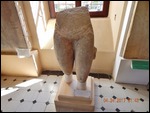
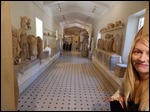
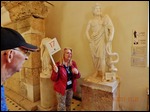
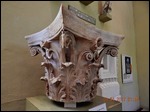
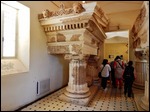

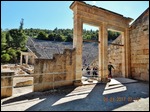
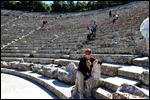
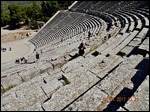
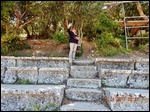



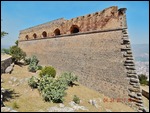

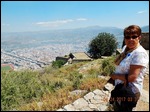
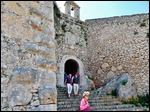
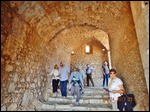
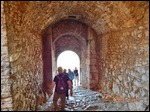
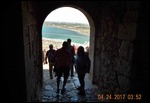
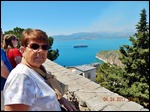



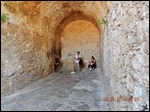
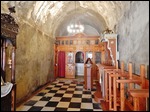

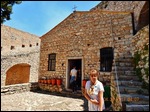

petkatravels
2017-05-01
Have never heard of this place. It looks very interesting with lovely scenery. Glad you are feeling much better, Nelly.xx
Ernst Rahm-Landis
2017-05-01
Dear Nelly and Jim, here I am again after sharing with you the great site of Nafplion. To make it clear: All the similar sounding names have the only one true meaning: "Nea Polis", means: "New City". (Each spot on our planet once was "new"!) Great and Impressing Pictures in fact! - "If stones could talk!" And a hard, slavery work it was to build up the fortress and theatre! Cheers, cousin Ernst and Verena on a cool rainy day - Nelly's weather!